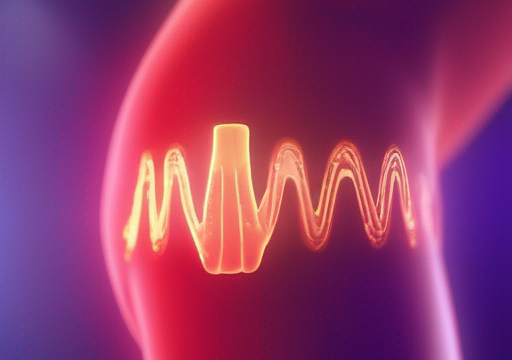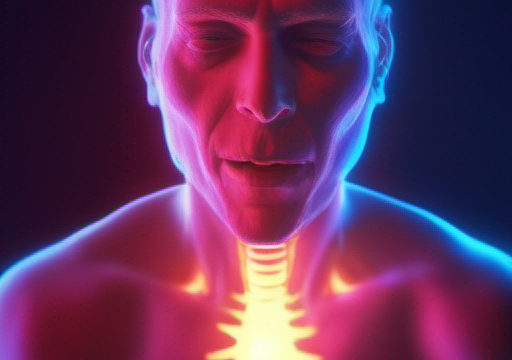Irritability is a common symptom that can be caused by a variety of factors, including medical conditions, medications, and environmental stressors. It is important to assess the patient’s irritability and identify the underlying cause in order to provide appropriate treatment.
🤔 Did you know that irritability can be a symptom of a medical condition? It’s true! Whether it’s a viral infection, a chronic illness, or a side effect of medication, there are many potential causes of irritability.
💡 When assessing a patient’s irritability, it’s important to consider their medical history, medication list, and any recent changes in their environment or lifestyle.
🤝 By working together with the patient and their family, healthcare providers can identify the underlying cause of irritability and develop a treatment plan that addresses their specific needs.
💪 In some cases, irritability may be a sign of a more serious underlying condition that requires immediate attention. Don’t hesitate to seek medical help if you or someone you know is experiencing persistent or severe irritability.
🤝 It’s important to remember that irritability is not just a normal part of life, but can also be a sign of an underlying medical condition that needs to be addressed.
💭 By staying informed and proactive, you can help ensure that any potential causes of irritability are identified and addressed in a timely manner.
💪 So, the next time you or someone you know is feeling irritable, don’t hesitate to seek medical help. It could make all the difference in getting the right treatment and feeling better faster!
🤝 And remember, it’s always better to be safe than sorry when it comes to your health!
💡 Don’t forget, irritability can be a symptom of many different conditions, so it’s important to work with a healthcare provider to identify the underlying cause and develop an appropriate treatment plan.
🤝 By taking a proactive and informed approach to your health, you can help ensure that any potential causes of irritability are identified and addressed in a timely manner.
💪 So, don’t wait – take action today and start addressing any potential causes of irritability that may be affecting you or someone you know.
🤝 And remember, it’s always better to be safe than sorry when it comes to your health!
💡 By working together with a healthcare provider, you can identify the underlying cause of irritability and develop a treatment plan that works for you.
🤝 So, don’t hesitate to seek medical help if you or someone you know is experiencing persistent or severe irritability. It could make all the difference in getting the right treatment and feeling better faster!
💪 In conclusion, irritability is a common symptom that can have many potential causes. By staying informed and proactive, you can help ensure that any potential causes of irritability are identified and addressed in a timely manner. Don’t wait – take action today and start addressing any potential causes of irritability that may be affecting you or someone you know.










